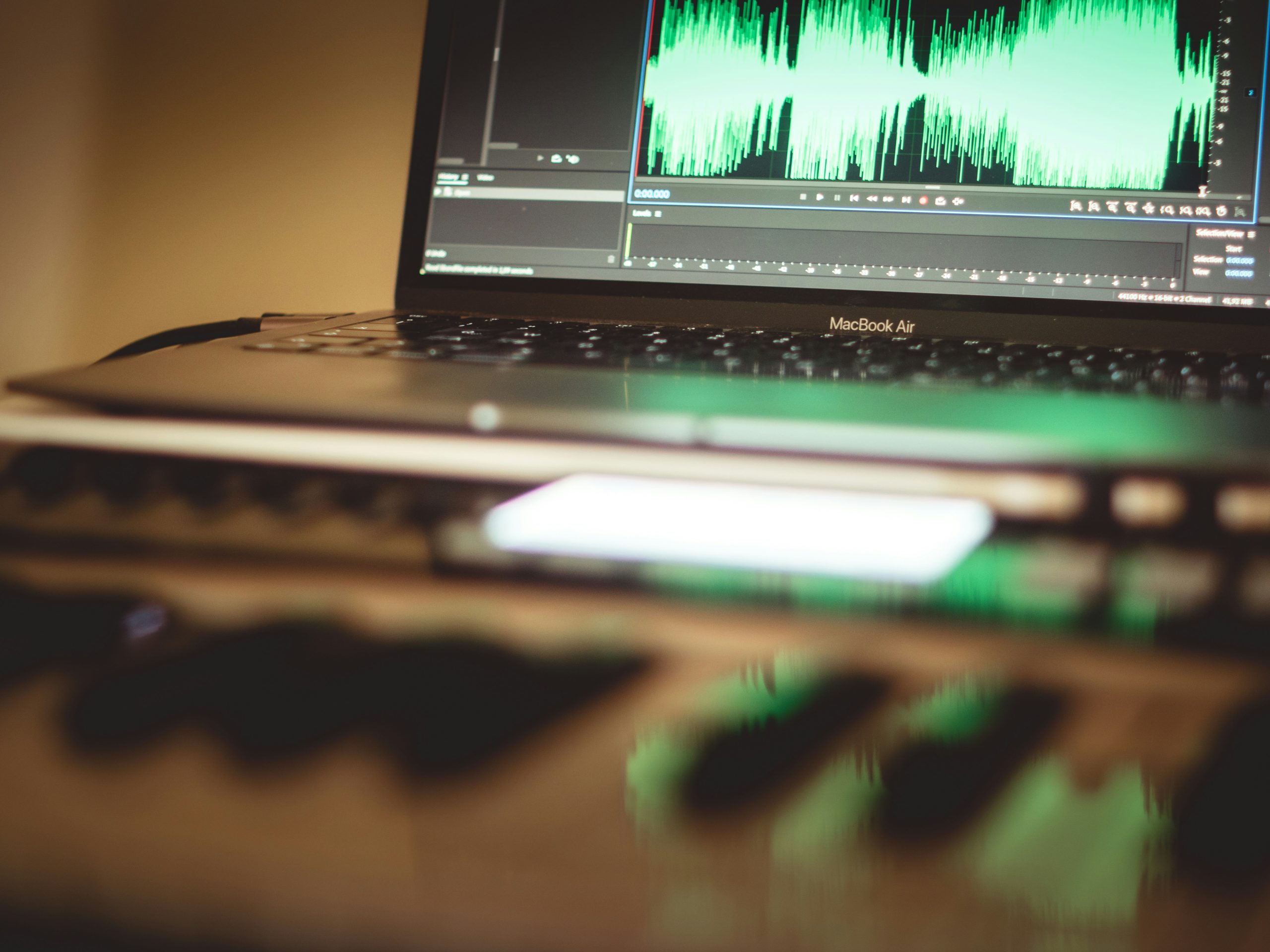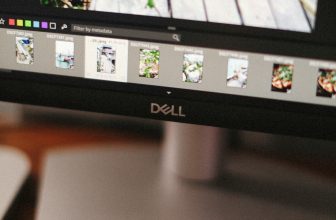
In today’s digital-first world, screen recordings have become an essential tool for communication, training, education, and even entertainment. Whether you are creating tutorial videos, recording business meetings, or producing content for social media, the quality of your screen recording plays a crucial role in how effectively your message is delivered. Unfortunately, many people overlook the finer details of screen recording, which can result in poor video clarity, distracting background noise, or confusing presentations.
The good news is that with just a few adjustments, you can dramatically improve the quality of your recordings. In this blog, we’ll explore five simple yet highly effective ways to get better screen recordings that look professional, sound clear, and keep your audience engaged.
1. Use the Right Screen Recording Software
The first step toward high-quality screen recordings is selecting the right tool. Not all screen recording software is created equal, and using the wrong one can lead to choppy video, limited resolution, or compatibility issues.
What to Look For:
- Resolution and Frame Rate: Choose software that allows recording in at least 1080p HD and 30–60 frames per second. This ensures smooth playback and sharp visuals.
- Audio Support: Your tool should allow you to record system audio, microphone input, or both, depending on your needs.
- Editing Features: Built-in editing options (like trimming, annotations, or transitions) save you time when polishing your video.
- Ease of Use: If you’re not highly technical, pick user-friendly software that doesn’t require hours of setup.
Examples of Great Software:
- OBS Studio – Free and powerful, ideal for advanced users.
- Camtasia – Perfect for professionals needing built-in editing.
- Loom – Quick and simple, great for business and team communication.
- Screencast-O-Matic – Budget-friendly and reliable.
The right software gives you control over video quality and ensures your recordings don’t look amateurish.
2. Optimize Your Recording Environment
A messy or distracting environment often translates into poor-quality screen recordings. While you may not be recording with a camera, your digital workspace and background noise levels still matter.
Tips for a Clean Digital Setup:
- Declutter Your Desktop: Hide unnecessary icons and files. A neat desktop looks professional and helps your audience focus.
- Close Extra Tabs/Apps: This prevents pop-ups, notifications, or lag during recording.
- Enable “Do Not Disturb” Mode: On Windows and macOS, this silences notifications that can interrupt recordings.
Audio Considerations:
If you’re including narration, your environment’s noise level makes a huge difference. Record in a quiet space, and consider using a good USB condenser microphone with a pop filter to reduce background noise. Even free tools like Audacity can help you clean up audio after recording.
By optimizing both your on-screen and off-screen environments, you create a more polished and distraction-free recording.
3. Pay Attention to Audio Quality
Many screen recordings fail not because of poor video but due to bad audio. If your viewers can’t clearly understand what you’re saying, they’ll quickly lose interest, no matter how good the visuals are.
How to Improve Audio:
- Invest in a Good Microphone: Even an entry-level external microphone will outperform your laptop’s built-in mic.
- Speak Clearly and Steadily: Maintain a consistent pace, avoid mumbling, and pause naturally.
- Reduce Background Noise: Turn off fans or loud devices, and record in a quiet room.
- Use Headphones: This prevents system audio from echoing back into your microphone.
Pro Tip:
Record your audio separately when possible. Many professional creators record narration with dedicated software, then sync it with the screen recording during editing. This gives you more control and avoids issues like uneven volume or distortion.
4. Edit and Enhance Your Recordings
Raw screen recordings often need polishing. Editing not only improves the flow but also helps you highlight important points and remove mistakes.
Key Editing Techniques:
- Trim Unnecessary Sections: Cut out awkward pauses, mistakes, or irrelevant content.
- Add Annotations: Use arrows, highlights, or text to draw attention to important parts of the screen.
- Incorporate Transitions: Smooth scene changes make your video more professional.
- Add Background Music (Optional): Light, non-distracting music can make your video more engaging. Just make sure it doesn’t overpower your narration.
- Zoom and Pan Effects: Focusing on specific areas of the screen helps your audience follow along without confusion.
Editing doesn’t mean overcomplicating things just making your video crisp, engaging, and professional. Even free tools like Shotcut, DaVinci Resolve, or built-in editors in Camtasia and Loom can do the job well.
5. Choose the Right Export Settings and Platform
Your recording is only as good as the final version your audience sees. Exporting in the wrong format or resolution can undo all your hard work.
Export Settings to Consider:
- Resolution: Export in 1080p (Full HD) as a minimum. If your platform supports it, 4K is even better.
- Frame Rate: Stick to 30fps for tutorials or presentations, and 60fps for smoother gaming or fast-action content.
- Format: MP4 (H.264 codec) is the most universally accepted format for sharing and uploading.
Platform Optimization:
Where you upload your recording matters:
- YouTube/Vimeo: Perfect for tutorials, courses, or public videos.
- Loom/Google Drive/Dropbox: Great for team communication and business sharing.
- Social Media (LinkedIn, Instagram, TikTok): Adjust the aspect ratio and length to fit platform requirements.
Optimizing your exports ensures that your audience views your screen recordings in the highest possible quality without compatibility issues.
Conclusion
Screen recordings are a powerful way to teach, share, and communicate in our digital age, but only when they’re done right. By following these five simple steps, you can elevate your recordings from average to professional:
Choose the right screen recording software.
Optimize your digital workspace and environment.
Focus on high-quality audio.
Edit and enhance your recordings.
Export correctly for your platform.
With these practices, you’ll create content that’s clear, engaging, and easy to understand, whether you’re recording for business, education, or personal projects. Better recordings not only boost your professionalism but also help you connect with your audience in a meaningful way.









